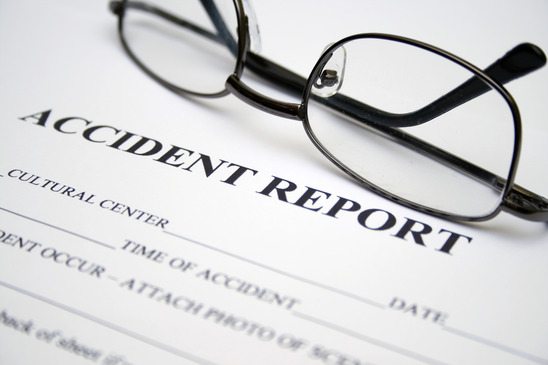Defective products can cause serious and even fatal injuries. Victims may face steep health-care bills, and they may not be able to return to work.
Fortunately, New Mexico has laws in place to protect those who suffer injuries due to a malfunctioning product. You may have grounds to file a lawsuit to recover expenses related to the defect.
According to the U.S. Food and Drug Administration, there are several reasons why a hazardous product could enter the consumer market. Common examples include unnoticed design flaws or errors during manufacture.
Consumers are entitled to hold companies liable for any injuries their products cause, but extensive evidence may be necessary for a successful claim. If you would like to discuss your potential case with an Albuquerque personal-injury lawyer, call the Law Office of Brian K. Branch. PC at 505-207-4401.
In the meantime, here are four elements you must prove in products liability cases:
- Injury or Loss
You cannot prove liability without sustaining an actual injury or loss. A near-injury will not validate your claim.
For example, you can suffer third-degree burns from a kettle that suddenly explodes, but you will not have a case if you managed to move out of the way in time. However, if the defective kettle caused burns or forced you to move and break a valuable item, then you may have a legitimate claim.
- Product Defect
A defective product must be responsible for your injuries, and you have to prove it. There are several challenges when trying to prove design or manufacturing defects, because the law requires the product to be “unreasonably dangerous.”
For example, you could not win a lawsuit against a knife manufacturer just because you accidentally amputated your finger. This is because knives come with sharp blades, and the danger is reasonable.
Your evidence must prove that a defect led to your injury and not an accident that you caused. However, if the product lacked a warning of a potential hazard – whether or not the hazard was obvious – then you may have a claim.
- Defect Responsibility
Even if a defective product injures you, your case will be weak unless the defect directly caused the injury. For example, if you purchased a new set of defective tires and then proceeded to speed along the highway, then the manufacturer will likely argue vehemently that the tires were not responsible for your accident because you were speeding at the time.
- Intended Use
To win these cases, it is imperative that plaintiffs were using the product as the manufacturer intended. The purpose for which you were using the product must complement its design.
If a defective product harmed you or a loved one, then you have to prove – beyond a reasonable doubt – these four factors to win compensation. Finding success in these cases requires an extensive investigation and a solid legal strategy.
To start planning your case with a personal-injury attorney, call the Law Office of Brian K. Branch, PC at 505-207-4401.





